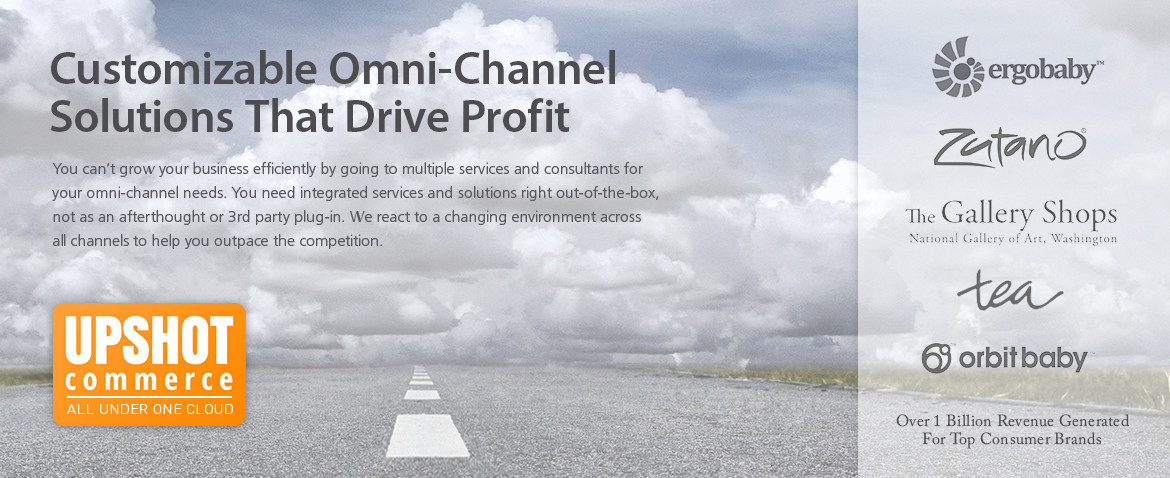The debate about whether you need to design a mobile experience for consumers has been settled. With Google’s algorithmic changes last year that favor mobile-ready sites and the fact that the majority of adults use smartphones, if you have not yet optimized your site’s mobile user experience, do so now. As you build and improve your mobile user experience, remember that mobile isn’t a new or separate avenue of ecommerce; it’s an integral part of the consumer journey that provides new opportunities to personalize a shopper’s experience. It allows you to strengthen the relationship between them and your brand. As you plan your mobile engagement strategy, consider utilizing the following four tactics:
- Social engagement rewards
- Make email contact mobile-friendly
- Utilize mobile-ready interactive ads
- Craft your strategy for how customers use mobile today, but consider how to respond to future technology
Encourage Social Sharing
Consumers are already engaging heavily with social media via mobile. With devices constantly in hand, sending incessant notifications to interact, the average adult spends significant screen time on their phone. Capitalize on this this level of interaction by adopting strategies to capture consumer attention while they are on their mobile devices.

As previously discussed on this blog, reviews provide unique content that helps with SEO and building consumer trust. But they have the added benefit of drawing people in via social networks. Mobile devices have become an important method for consumers to find recommendations and discover new product. This is both because shoppers browse reviews while in-store (showrooming) but also because they rely increasingly on their social networks for product suggestions and insight. Millennials in particular place more trust in peer opinions posted on social media than in product descriptions supplied by ecommerce retailers.
Offering an engagement-based rewards plan can capitalize on both of these trends. It generates SEO-friendly content, like reviews, that builds trust and engagement. By rewarding customers for sharing products and reviews via social media, you reach their social networks and benefit from the credibility a peer recommendation provides. The more ways you offer customers to engage – by connecting on social media, ‘checking in’ when visiting brick and mortar retail locations, sharing purchase via social media, adding items to wish lists or registries – the more opportunities to expand your brand’s visibility and customer base.
Make Email Mobile
With the average U.S. consumer spending 5 or more hours a day on their smartphone, it’s likely they will access emails from your business via their mobile device. Taking the time to consider the unique mobile experience provides you an opportunity to better engage customers based on how they engage with your site. Develop a strategy that reflects the different ways people consume email on mobile as compare to via desktop or other device. Often, reading email on mobile means a quick scan to capture essential information before clicking away. How can your marketing strategy encourage longer interactions that lead to conversions? Thoughtful personalization will catch consumer attention and boost sales.

Use Interactive Ads
Smartphones are becoming the primary screen for consumers. As Erika Maguire explains, “consumers are now more powerful than ever. Their always-connected status and ability to find information in seconds puts them in control of their own experience, and this trend has forced marketers to rethink how they engage and connect with their customers.” No longer can you put up a site and trust that consumers will find it and the products they want – and purchase those products from you – without any intervention on your part. Fortunately, there are great new tools to capture customer attention.
Connected consumers want to engage with your brand on their terms, so consider ways you can both attract and retain their attention while they’re using their mobile device. Interactive video is one way to achieve this. According to Brett Relander, interactive ads are a growing trend for user acquisition in the mobile sector; they require the consumer to take some kind of action which can result in more meaningful data than other ads users view passively. The customer is more engaged by virtue of the interaction and you can glean more useful data about their shopping and purchase preferences.
Build for Today, Plan for Tomorrow
When planning mobile strategy, it can be useful to design for behavior, rather than screen size. Consumers use smartphones for shorter, more focused tasks like price comparisons and reading reviews. This should factor into how you attempt to catch their attention now, but not at the expense of how you might engage with them in the future. How consumers use mobile today is as different as how they used desktops five years ago, and as different from how they will use desktop, mobile, or wearables five years from now. As mentioned above, these different shopping channels won’t be mutually exclusive, but part of a broader consumer journey. Take both past habits and possible future trends into consideration as you build your strategy for the near term.

Give mobile users the best possible experience for the device they’re using to access your site, whether desktop, mobile, or – one day – wearable. Take the time to consider how they want to interact with your business and provide a tailored experience to match their behavior on each platform – both during the browsing and searching process and in follow-up communication. Use the power of social and interactive media to foster relationships with consumers – reward them for connecting with you, for building community around your brand, and leverage the data you collect from interactive ads to better craft their mobile experience. Lastly, consider how you can plan for consumer behavior in the future; utilize cross-device tracking to capture the customer journey to understand how and when they’re using various devices. This can provide insight into how you might engage or incentivise customers who are using multiple devices simultaneously, and plan for what the future of mobile ecommerce will look like.


